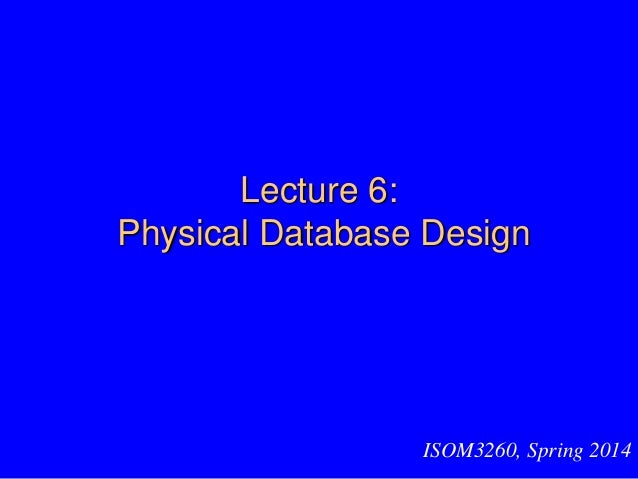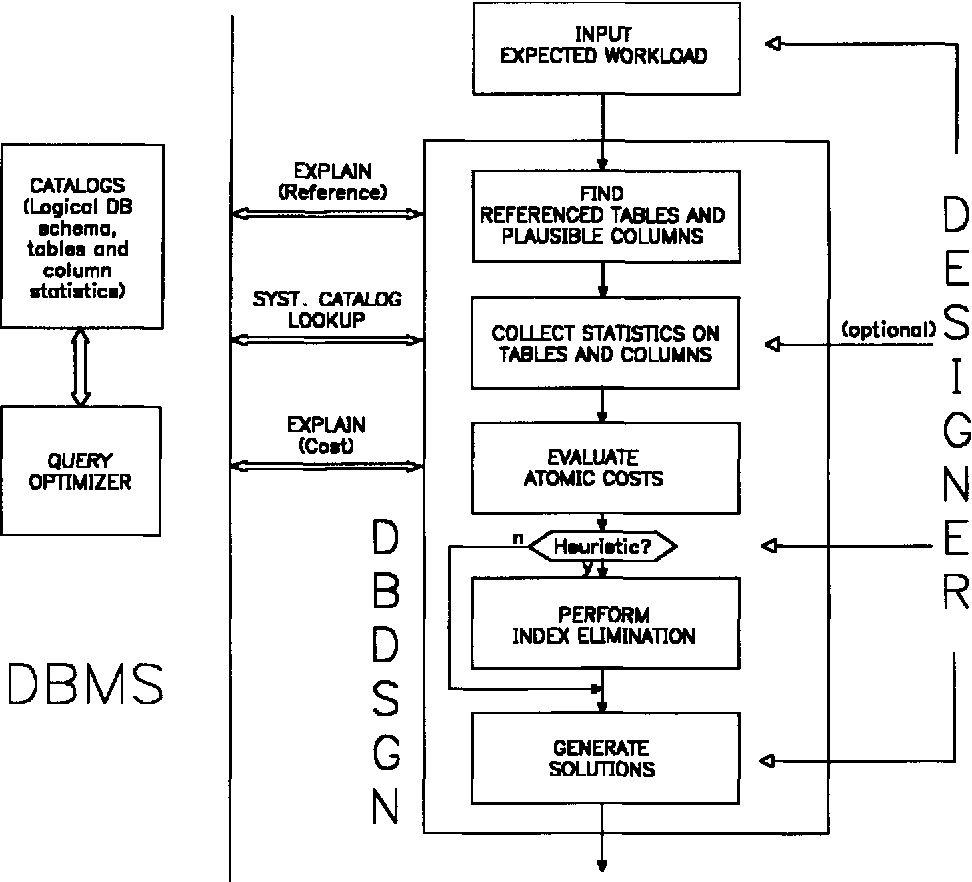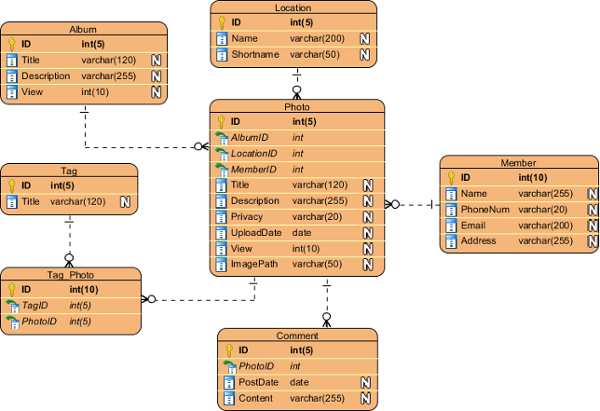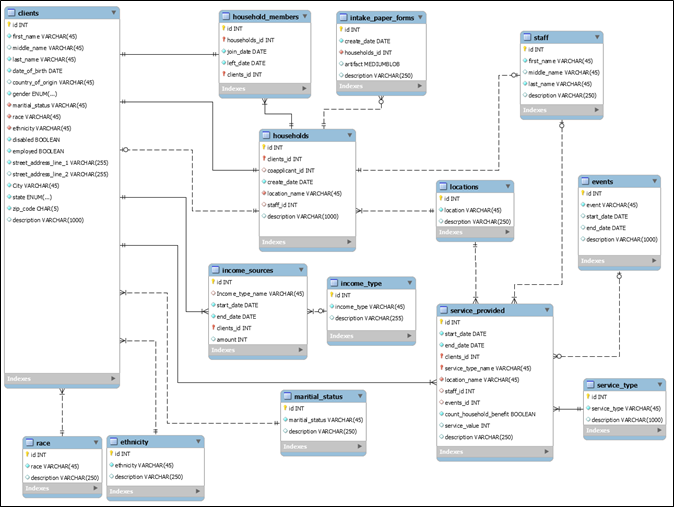Physical Design Of Database
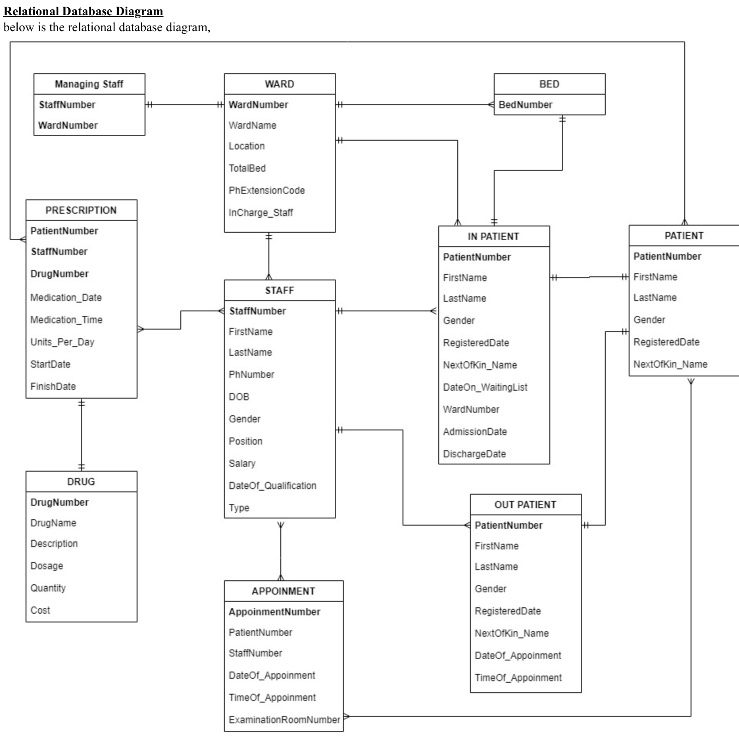
The physical design of your database optimizes performance while ensuring data integrity by avoiding unnecessary data redundancies.
Physical design of database. Entities become tables in the physical database. During physical design you transform the entities into tables the instances into rows and the attributes into columns. After completing the logical design of your database you now move to the physical design. For relational database systems it is relatively easy to translate from a logical data model into a physical database.
The purpose of building a physical design of your database is to optimize performance while ensuring data integrity by avoiding unnecessary data redundancies. Physical database design translates the logical data model into a set of sql statements that define the database. Moving from logical to physical design. Data model structure helps to define the relational tables primary and foreign keys and stored procedures.
It provides a clear picture of the base data and can be used by database developers to create a physical database. Physical database design is the process of transforming a data model into the physical data structure of a particular database management system dbms. By having a logical model of a data base objects we can determine a suitable physical design of the data base. During the physical design process you convert the data gathered during the logical design phase into a description of the.
Physical database design becomes critical effective use of partitioning across multiple machines or multiple disk volumes creation of indices definition of materialized views that can be used by the query optimizer. Physical database design it is the process of transforming a logical data model into a physical model of a database. A data model helps design the database at the conceptual physical and logical levels. Most data warehouse dbmss are configured for query only workloads.
It is the failure to prepare such logical designs that inevitably leads to problems in physical design later on particularly when it is necessary to prove that a physical solution solves a logical design aka design correctness. The physical design of the database specifies the physical configuration of the database on the storage media. This includes detailed specification of data elements data types indexing options and other parameters residing in the dbms data dictionary it is the detailed design of a system that includes modules the database s hardware software specifications of the system. Physical design is accomplished in multiple steps which include expanding a business model into a fully attributed model fam and then transforming the fully attributed model into a physical.



